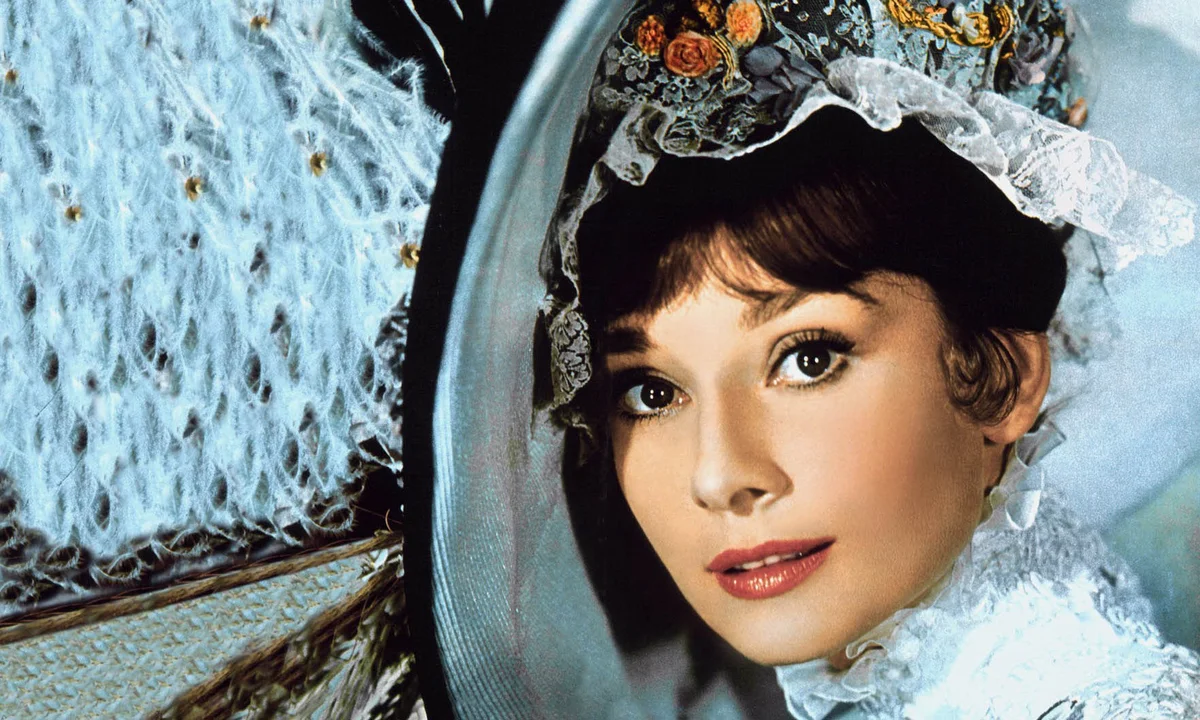 ELIZA
ELIZA
Early chatbot, a milestone in AI research
ELIZA is an early natural language processing program developed between 1964 and 1967 by Professor Joseph Weizenbaum at MIT. Weizenbaum named the program after Eliza Doolittle, the protagonist of "Pygmalion", a play by George Bernard Shaw, subsequently made into the move "My Fair Lady".
The program was designed to mimic a conversation with a Rogerian psychotherapist, using simple pattern matching and substitution rules to respond to user inputs. It was designed to simulate human-like conversation using pattern matching and substitution techniques. A program to make natural-language conversation possible with a computer, it created the illusion of understanding without actual comprehension. The program's ability to convincingly simulate human conversation, even without true understanding, led to the "ELIZA effect," where people project human traits and understanding onto computer programs.
ELIZA is considered one of the first chatterbots (now commonly called chatbots) and an early test case for the Turing Test, which assesses a machine's ability to exhibit intelligent behavior equivalent to, or indistinguishable from, that of a human. ELIZA had a significant impact on the development of AI, demonstrating the potential for language models to interact with users in a seemingly human-like way.
The original 420-line ELIZA code was for many years thought to be lost, but it was rediscovered in 2021 among Weizenbaum's papers.
 Key
Features
Key
Features
DOCTOR Script: ELIZA's most famous script emulated a Rogerian psychotherapist, reflecting users' statements back to them to maintain the conversation. This approach sidestepped the need for real-world knowledge and focused on non-directive responses. For example:
User: I am sad.
ELIZA: Why are you sad?
User: My girlfriend left
me.
ELIZA: Tell me more about your girlfriend.
Or, ELIZA using the voice of a pirate:
User: I feel lonely.
ELIZA: Aye, the sea be
lonely too. Drink some grog!
User: My boss is annoying.
ELIZA: Ye
best hide yer boss from the crew!
Pattern Matching: ELIZA identified keywords in user input, assigned precedence values, and transformed sentences based on predefined rules. For example, encountering words like "alike" or "same" would prompt responses about similarity.
Impact: Many users mistook ELIZA for intelligent, attributing human-like qualities to it. Some even formed emotional connections with the program, despite its superficial conversational abilities. Here's what Weizenbaum said:
ELIZA performs best when its human correspondent is initially instructed to "talk" to it, via the typewriter of course, just as one would to a psychiatrist. This mode of conversation was chosen because the psychiatric interview is one of the few examples of categorized dyadic natural language communication in which one of the participating pair is free to assume the pose of knowing almost nothing of the real world. If, for example, one were to tell a psychiatrist "I went for a long boat ride" and he responded "Tell me about boats", one would not assume that he knew nothing about boats, but that he had some purpose in so directing the subsequent conversation. It is important to note that this assumption is one made by the speaker. Whether it is realistic or not is an altogether separate question. In any case, it has a crucial psychological utility in that it serves the speaker to maintain his sense of being heard and understood. The speaker furher defends his impression (which even in real life may be illusory) by attributing to his conversational partner all sorts of background knowledge, insights and reasoning ability. But again, these are the speaker's contribution to the conversation.
 Historical Significance
Historical Significance
The first chatbot, inspiration for AI Assistants
ELIZA was first implemented in Lisp on an IBM 704 computer and was later ported to an IBM 7094, an early transistor-based mainframe designed for scientific research. It used MIT's Compatible Time-Sharing System (CTSS), one of the first Operating Systems to allow interactive computing. It was coded in an early dialect of Lisp like Lisp 1.5, the dominant version at the time.
ELIZA demonstrated early software layering and abstraction techniques, influencing subsequent developments in AI and chatbot technology. Although primitive by today's standards, ELIZA remains iconic for its role in exploring human-machine interaction.
As the first chatbot, ELIZA was the inspiration for later systems like Siri, Alexa, and ChatGPT.
The program's name was inspired by Eliza Doolittle from George Bernard Shaw's *Pygmalion*, reflecting its ability to be incrementally improved through script modifications, though it could not learn independently.
 ELIZA on PCs
ELIZA on PCs
ELIZA's Journey to Home Computers
Although it was created in the 60s, the ELIZA software was ported to personal computers in the 70s, 80s, and beyond. The early ports in the late 1970s were mostly BASIC versions. ELIZA was rewritten from Lisp into BASIC, the dominant language of early PCs, making it accessible to PC users. It was even published in computer magazines like *Creative Computing* (1977) and *Byte* (1980), where users typed it in manually.
ELIZA had to run on weak hardware since early PCs had tiny memory (16KB to 64KB) and no hard drives. ELIZA was often stripped down with simplified scripts where the full DOCTOR script was often trimmed to fit the target hardware. Instead of fancy parsing, stripped down applications instead used crude keyword matching (e.g., "mother" implied "Tell me about your family"). PCs had slow performance since BASIC interpreters were sluggish with response times measured in seconds.
Some notable home computer ports of ELIZA include the IBM PC, Apple II, and other 80s machines:
- Apple II (1979): Applesoft BASIC - Often distributed on floppy disks
- IBM PC (1981): BASICA/GW-BASIC - Included in early "AI experiment" software collections
- Commodore 64 (1982): BASIC - Popular in Europe due to C64's low cost
- Atari 8-bit (1983): BASIC/Assembly - Faster versions with improved dialogue
- TI-99/4A (1982): Extended BASIC - Sold as educational software
There were also commercial and shareware releases of ELIZA. By the mid-1980s, ELIZA was sold as "ELIZA for IBM PC" (1983, by Artifex Software) and "Doctor ELIZA" (1985, for Apple II, included in programming textbooks). There were also public domain versions, copied on BBS systems and floppy disks. Some versions added "voice synthesis", like the SAM speech synth on Apple II, making ELIZA "talk" in a robotic voice.
ELIZA thrived on early PCs because no internet was needed, making the app perfect for offline, single-user machines. It was easy to modify and some users tweaked scripts to make ELIZA swear, flirt, or act like a pirate. Finally, there was curiosity about AI since it was one of the few "intelligent" programs a home user could run. ELIZA inspired a number of text adventure games like Zork's parser, and predated 1980s chatbot games (*Parry*, *Racter*). In effect, ELIZA taught a generation that AI was both impressive and fake.
ELIZA on home computers proved that AI didn't need supercomputers, just some clever coding. It demonstrated that people loved "talking" to machines, even if it was a trick. And it showed that the "ELIZA Effect" was unstoppable; we're still fooled by ChatGPT today!
 How ELIZA Got Its Name
How ELIZA Got Its Name
Weizenbaum named the ELIZA program after the character Eliza Doolittle
Doolittle was the protagonist of "Pygmalion", a play by George Bernard Shaw, subsequently made into "My Fair Lady", a successful Broadway play and a classic Hollywood movie,

My Fair Lady is a decorated 1964 American musical film directed by George Cukor. It was based on the 1956 stage musical of the same name, which itself was inspired by George Bernard Shaw's 1913 play Pygmalion. In the play Pygmalion, Shaw explored themes of love and the English class system.
The story centers around Professor Henry Higgins, a phonetics expert, who makes a bet that he can transform a poor flower girl, Eliza Doolittle, into a refined lady by teaching her proper speech and manners. The film stars Audrey Hepburn as Eliza Doolittle and Rex Harrison as Professor Higgins. It was a critical and commercial success, winning eight Academy Awards, including Best Picture, Best Director, and Best Actor for Rex Harrison. It remains a beloved piece of cinema history, celebrated for its music, performances, and timeless charm.
Why the Name Fits
Like Higgins, AI researchers were "training" machines to "speak." Weizenbaum, a skeptic of AI hype, chose "ELIZA" because both are hollow imitations. Eliza Doolittle is a working-class woman *playing* nobility while ELIZA is a script *playing* human. Both expose societal biases. People judge Eliza Doolittle's worth by her accent whereas the "ELIZA Effect" asserts people judge AI's intelligence by its fluency.
 Links
Links
psych.fullerton.edu/mbirnbaum/psych101
youtube.com/watch?v=jhninL_G3Fg